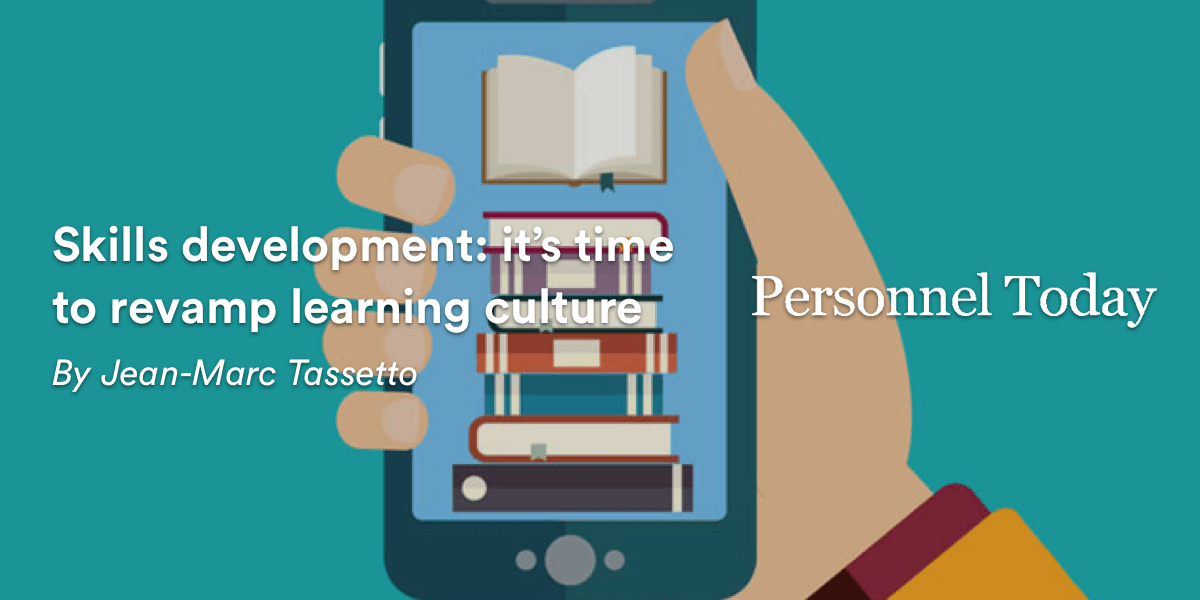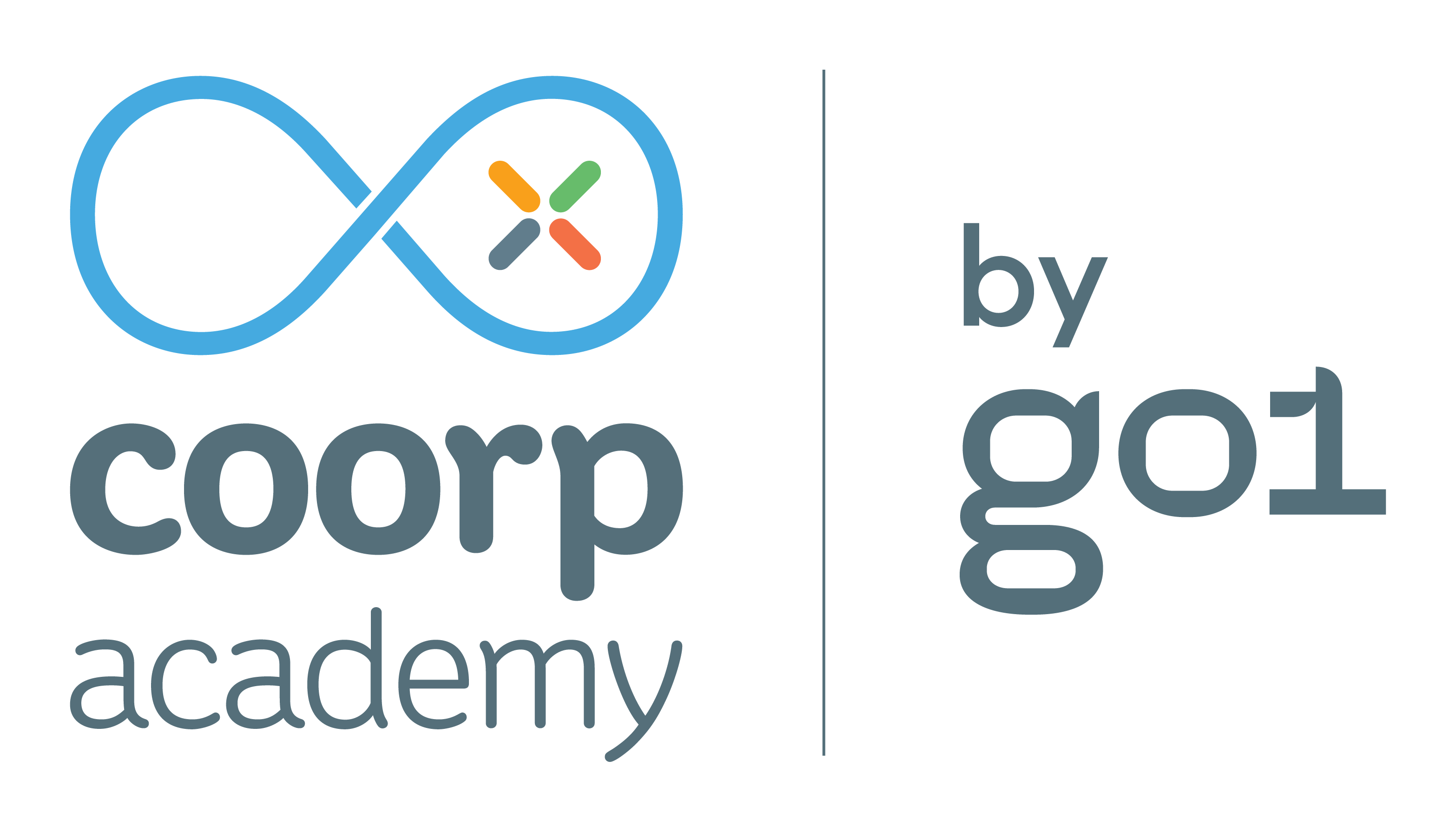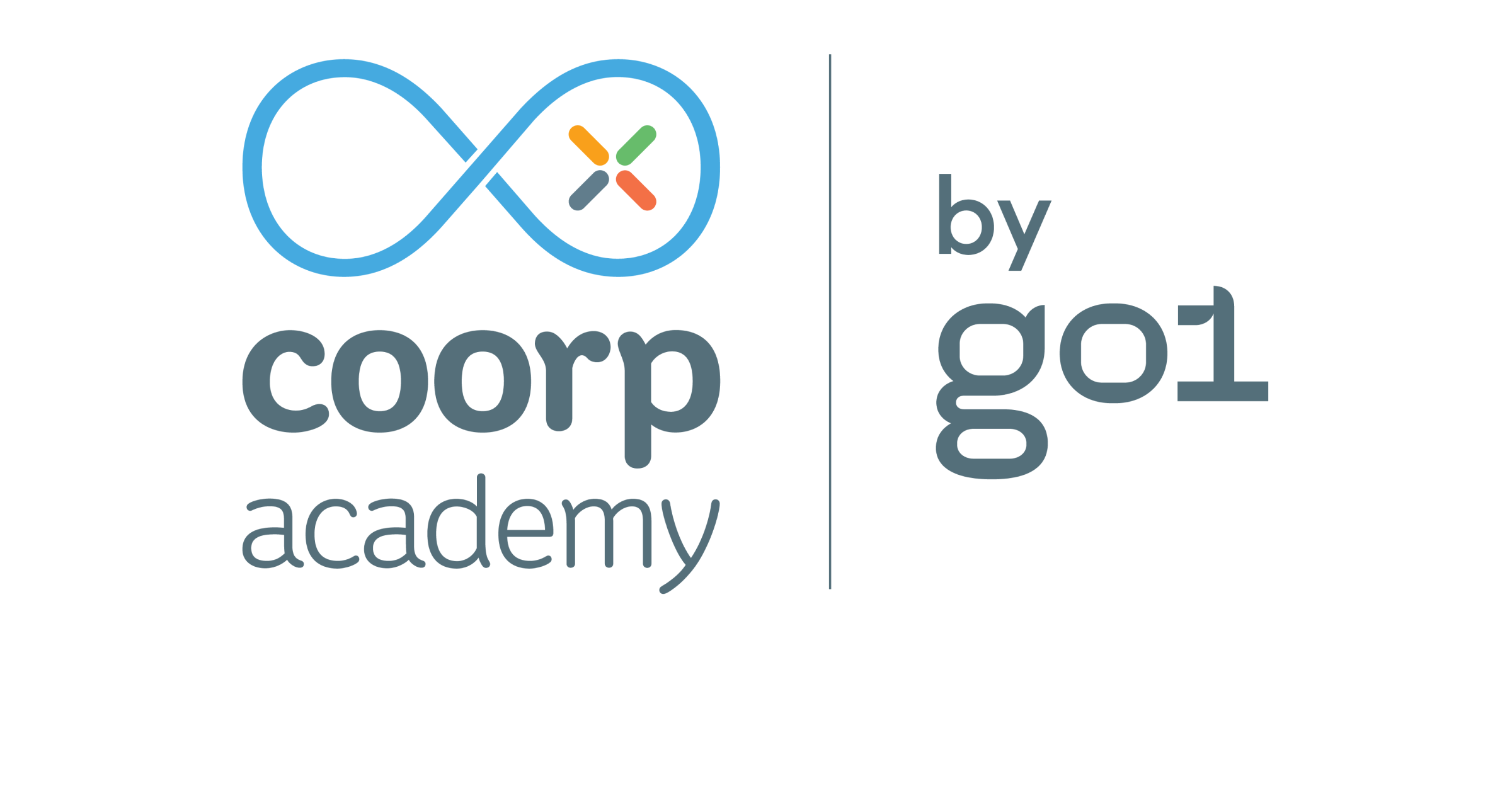Skills development: it’s time to revamp learning culture
Press

This piece by Jean-Marc Tassetto, co-founder of Coorpacademy and former Google France CEO, has been published in Personnel Today. If you want to read it in its original form, it’s here!
With PwC recently predicting that artificial intelligence will replace seven million jobs by 2037, employees need to learn new skills to reduce the risk of being displaced by new technology. But Jean-Marc Tassetto, co-founder of Coorpacademy and former Google France CEO, warns the UK’s current ways of developing employees’ skills are inadequate.
By now it should come as no surprise that employees in all sectors will soon need to work alongside technologies such as artificial intelligence, with many having to change jobs or reskill as technology develops.
But in order to equip employees with the skills needed to thrive, professionals in learning and development need to create a culture that delivers life-long learning at work. This is imperative for developing the skills organisations require now and in the future, and in attracting and retaining talent.
However, there is one problem – we’re not doing it.
Learning teams provide the resources, tools and time to support skills development – considering the career plans of staff, booking the armies of trainers and making hundreds of hours of relevant content available. But many are missing the needs of the recipient.
Traditional training culture seems to assume learners are passive objects that simply get shuffled in and out of training rooms. Yet for any training to succeed, it’s essential that employees buy into the concept and stop seeing training as something forced upon them.
Engagement is low
Corporate learning is currently in a state of crisis. According to research from Towards Maturity, 44% of L&D leaders report that staff are reluctant to engage with online learning. Engagement rates are perilously low – as little as 5-10% − and course completion rates can be as low as 2-3%, research by the University of Graz in Austria has found.
Translated into business reality, this means the small number of people who go on training courses or download company-mandated e-learning modules barely complete what HR and L&D teams think they do.
To stop corporate learning being a poor investment, this culture needs to change. In particular, if we are serious about our commitment to reskilling and upskilling workers to prepare them for the future, we need a way to connect with them as learners and find a better way to deliver what they want.
We also need to rethink the way content is delivered. We have to ask ourselves if it’s realistic to expect people to stop everything they’re doing and sit in front of a trainer with a PowerPoint presentation and a laser pointer for eight solid hours.
Plugging the gap between L&D and staff
But change is coming and a new generation of digital tools has emerged to plug the gap between L&D teams and the disengaged learner.
Global analyst Gartner found that “learning experience platforms”, which prioritise learners’ experiences and ease of use, will become invaluable as attitudes to learning change.
Training strategies should consider the reality of how people learn; content should always be available remotely – increasingly via mobile – and at the learner’s convenience in bite-sized chunks, making use of video, gamification and collaboration.
What does that look like in practice? Very much like what employees are already doing in their day-to-day lives. We live on our phones: making dead time waiting for a train or a phone call useful, turning to the internet to plug a lack of understanding, and playing a mobile game for a few minutes to let off a bit of steam.
“Training strategies should consider the reality of how people learn; content should always be available remotely”
Imagine if you delivered your training that way – mobile, always available, in short bursts, and, where appropriate, in a quiz format? Need to know about Blockchain? Employees could either be sent on a two-day residential course once a year, or offered a way to consume five to 10 minutes of useful, tailored content when they want or need it.
This is a new, powerful and flexible way for L&D teams to help learners to reach a certain level of knowledge day by day. These methods, alongside more traditional elements, can help develop a more user-centric learning culture.
Of course face-to-face training to hone certain practical skills is still part of that user-centric model. But a customised learning experience platform approach will mean employees are more likely to be thoroughly engaged in the training they need to keep pace with the changing world of work.
This piece by Jean-Marc Tassetto, co-founder of Coorpacademy and former Google France CEO, has been published in Personnel Today. If you want to read it in its original form, it’s here!


